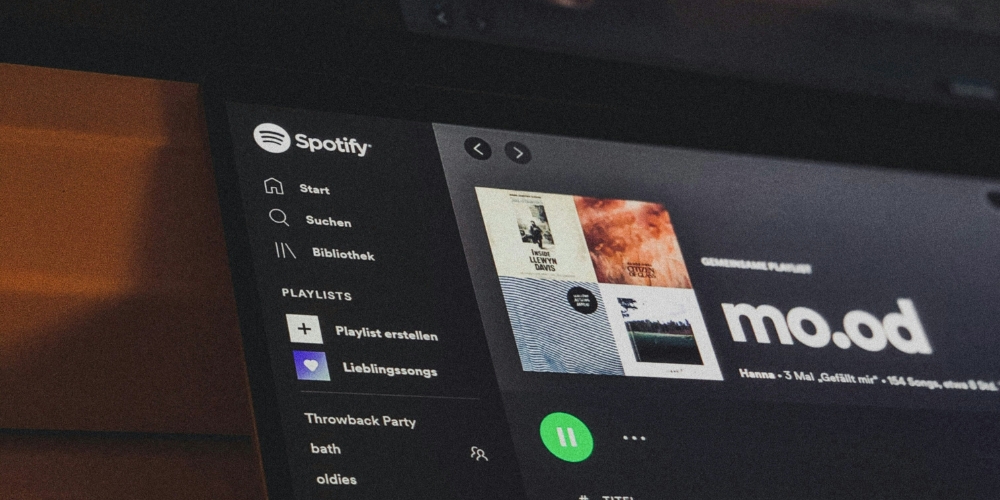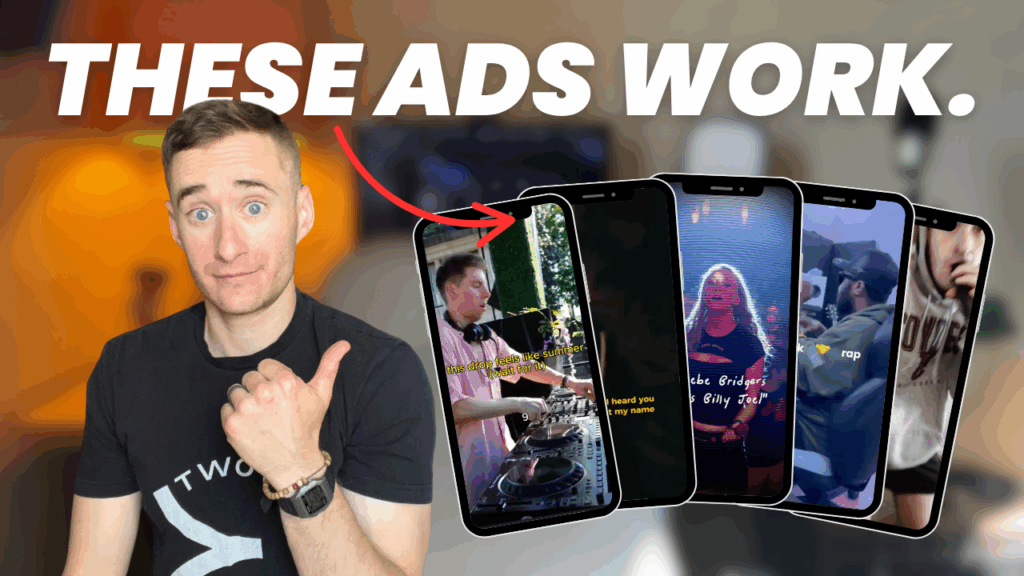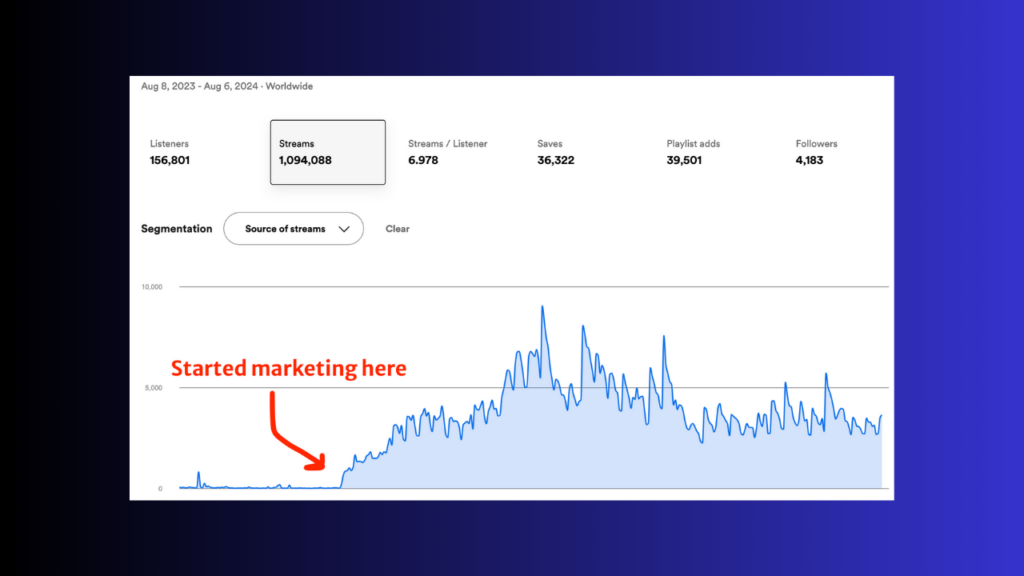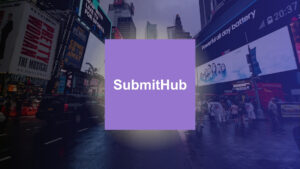“Should I run a playlisting campaign?”
I got this question last week from a client for whom we’re running ads.
(Actually I get this question most weeks, which is why I’m going to answer it here.)
This person’s campaign had been going pretty well, but they wanted to take things up a level, and they had a little bit of extra budget burning a hole in their pocket. So they were looking for advice on which lever to pull.
Should they just increase the ad spend? Or should they do something different and tack on a third-party playlist campaign?
In today’s email, I’ll tell you what I told them, and give you a quick update on how I view playlisting in general.
I answered with my time-tested advice, the very same wisdom I’ve applied to countless situations and college essays with unerring un-helpfulness:
“It depends.”
I’m disappointing, I know. But don’t worry; I’ll tell you what it depends upon below.
First, let me quickly clarify what I mean by playlisting.
I’m not talking here about algorithmic playlists, like Radio or Discover Weekly, that are made by whatever near-sentient machine-god guides Spotify’s automated offerings. Nor am I talking about editorial playlists, like Rap Caviar or Fresh Finds, that are hand-crafted by the professional music-listeners who live deep underground beneath Stockholm in a small cavern-commune governed by Executive Chairman Daniel Ek.
No, I’m talking about lists made by random Spotify users. Think Bangers 2025, which was apparently thrown together by a guy named Patrick.
These “third-party” playlists can have many thousands of followers. Because of their popularity, they’ve spawned a cottage industry of playlisting services whose model is pretty simple:
- You pay the playlisting service.
- They pitch you to a bunch of Patricks.
- Some Patricks place your music and you get lots of streams.
I used to be more gung-ho on this model, for a simple reason: It does, in fact, deliver lots of streams.
But I’m less gung-ho on the model today, for a similarly simple reason:
Streams aren’t fans.
There are two major issues with playlisting.
First, it’s passive. Even if you get on a list that is a good fit for your music (i.e., you make indie folk and you get placed on Indie Folk 2025), you’re being heard in a background-music context.
People put on playlists, even highly curated playlists, not so that they can attentively listen to each song, but so that they can have music playing while they do other things.
This is bad enough, but also…
Second, you usually get on weird lists. Like, you make slow-paced, lyric-driven Americana music, and somehow you get placed on TikTok Music 2025 💯.
This sort of thing happens all the time. The results are dire.
You’ll get tons of streams but virtually no saves or repeat listeners, plus more skips than a grating YouTube ad. To the omniscient machine-god of the algorithm, these data points constitute inarguable proof that your music is total, absolute, and utter garbage.
After about a month, you’ll get taken off of the playlist, and your stream count will immediately go from 💯 to zero.
Forever.
So, should you ever use playlisting services?
Believe it or not, my answer is still yes. But it’s a conditional yes.
Playlisting probably shouldn’t be your first marketing move, but there are two scenarios where I think it makes sense:
1) Playlisting can help you hit numbers.
Sometimes you just need to reach some arbitrary threshold.
I’ve heard of festivals, for example, that only accept applications from artists with a certain number of monthly listeners. I spoke with a label that needed to hit a million streams on a release to secure ongoing funding. And I know artists who just want to look legit as they prepare to tour with a bigger act, so that when would-be fans find them, they don’t look lame.
In cases like these, playlists can totally make total sense. They’re probably the most cost-efficient way of guaranteeing numbers.
Also…
2) Playlisting can help you overcome a plateau.
If you’ve been doing some other marketing activity (organic content or Meta ads or whatever) and you’ve pretty clearly come up against some kind of ceiling, then adding in third-party playlists can be one way to break through it.
For instance, I’ve run Meta ad campaigns where we’ve had a hard time scaling ad spend past a certain amount. Maybe you go from $33 per day to $66 per day, but the cost per result goes up, too, and your results flatline.
Could you keep working on the ads? Sure, and you probably should.
But if you throw playlists on top of them, you might reach the next level of growth more easily. And in cases like this – when you already have good data from good streams coming in – you’re far less likely to elicit the wrathful justice of the all-wise algorithm god.
My client found themselves in the first situation.
They were starting to see a plateau in ad traffic, but it wasn’t entirely clear whether it was a temporary blip or an unsurpassable ceiling. So we decided to increase the ad spend for a period and measure the results.
If it is, in fact, a ceiling, we’ll almost certainly turn to one of the playlisting companies I trust. If the dip is just a blip, then great – we’ll keep going right on past it.
It depends, you know.









